Growing E-commerce Sector
The Network Tokenisation Market is poised for growth, driven by the rapid expansion of the e-commerce sector. As online shopping continues to gain traction, the volume of digital transactions is expected to increase significantly. In 2025, e-commerce sales are projected to surpass 6 trillion dollars, creating a pressing need for secure payment solutions. Tokenisation plays a crucial role in facilitating secure transactions by protecting sensitive payment information from potential breaches. This trend suggests that as more consumers engage in online shopping, businesses will increasingly adopt tokenisation technologies to enhance security and build consumer confidence. The intersection of e-commerce growth and the need for secure payment methods is likely to be a key driver for the Network Tokenisation Market.
Increasing Cybersecurity Threats
The Network Tokenisation Market is experiencing a surge in demand due to the escalating threats posed by cybercriminals. As organizations increasingly rely on digital transactions, the need for robust security measures becomes paramount. In 2025, it is estimated that cybercrime will cost businesses over 10 trillion dollars annually, highlighting the urgency for effective solutions. Tokenisation, which replaces sensitive data with non-sensitive equivalents, offers a viable method to mitigate these risks. By adopting tokenisation, companies can protect customer information and reduce the likelihood of data breaches, thereby enhancing consumer trust and loyalty. This trend indicates a growing recognition of the importance of cybersecurity in the digital economy, driving investments in tokenisation technologies.
Regulatory Compliance Requirements
The Network Tokenisation Market is significantly influenced by the evolving landscape of regulatory compliance. Governments and regulatory bodies are increasingly mandating stringent data protection measures to safeguard consumer information. For instance, regulations such as the General Data Protection Regulation (GDPR) and the Payment Card Industry Data Security Standard (PCI DSS) necessitate the implementation of advanced security protocols. As organizations strive to comply with these regulations, the adoption of tokenisation solutions becomes a strategic imperative. In 2025, it is projected that compliance-related expenditures will reach 300 billion dollars, underscoring the financial implications of non-compliance. Consequently, businesses are likely to invest in tokenisation technologies to ensure adherence to these regulations, thereby propelling the growth of the Network Tokenisation Market.
Consumer Awareness and Demand for Privacy
The Network Tokenisation Market is increasingly influenced by consumer awareness regarding data privacy. As individuals become more informed about the risks associated with data breaches, there is a growing demand for solutions that prioritize privacy. Surveys indicate that over 70% of consumers are concerned about how their personal information is used and stored. This heightened awareness is prompting businesses to adopt tokenisation as a means to protect customer data. In 2025, it is expected that privacy-focused solutions will account for a substantial portion of the security market, potentially reaching 150 billion dollars. This trend suggests that as consumer expectations evolve, the Network Tokenisation Market will likely experience increased adoption of tokenisation technologies.
Technological Advancements in Payment Systems
The Network Tokenisation Market is benefiting from rapid technological advancements in payment systems. Innovations such as mobile wallets, contactless payments, and blockchain technology are reshaping the payment landscape. These advancements necessitate the integration of tokenisation to ensure secure transactions. In 2025, it is anticipated that mobile payment transactions will exceed 4 trillion dollars, highlighting the need for enhanced security measures. Tokenisation provides a means to protect sensitive data in these evolving payment systems, making it an attractive option for businesses. As technology continues to evolve, the demand for tokenisation solutions is likely to increase, positioning the Network Tokenisation Market for sustained growth.
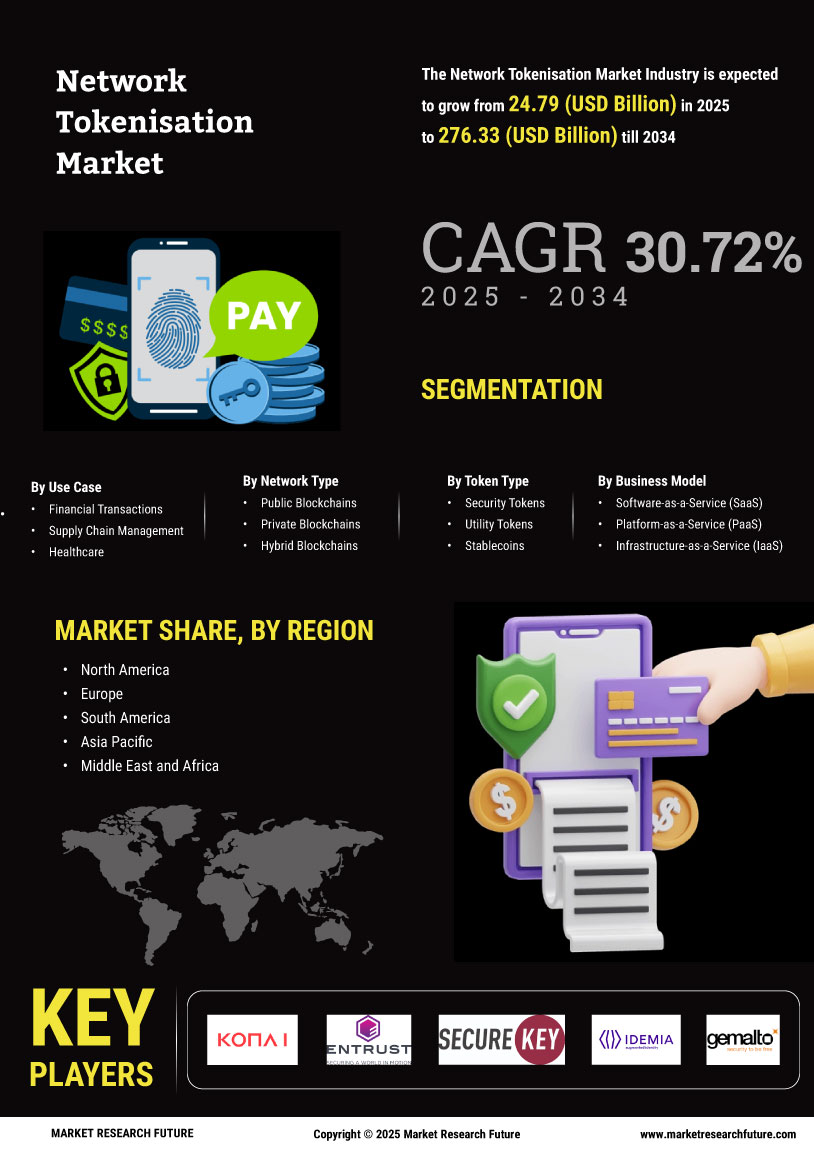

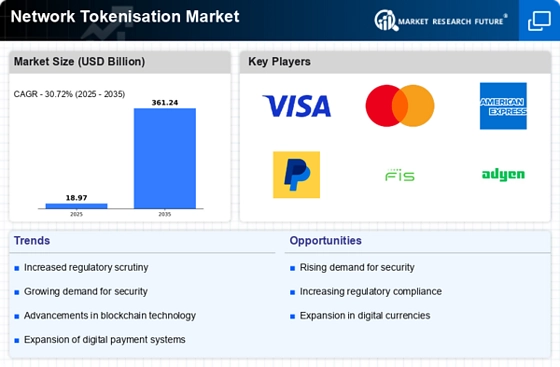

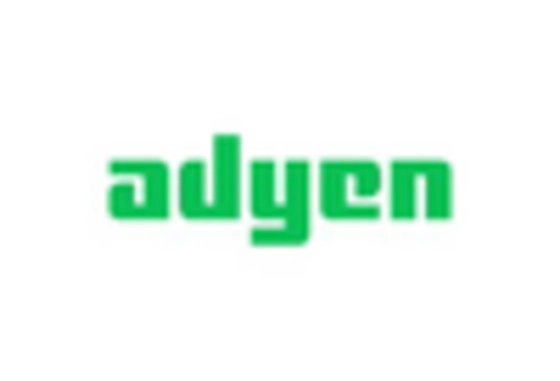

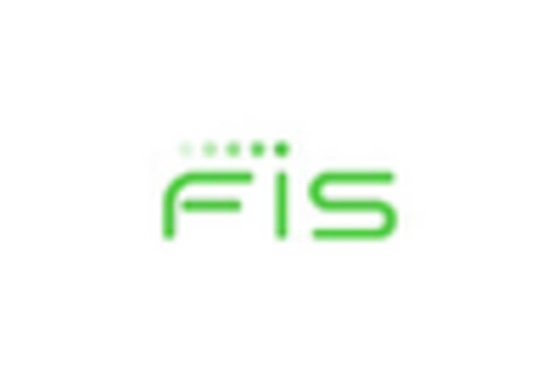
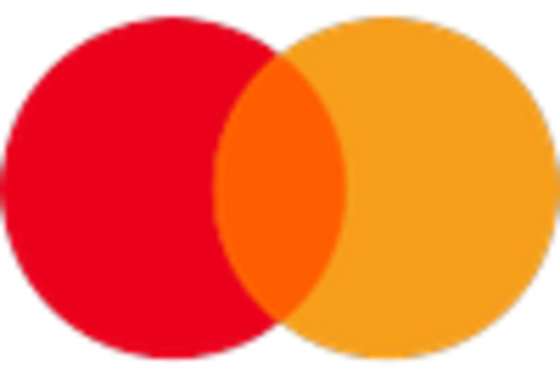

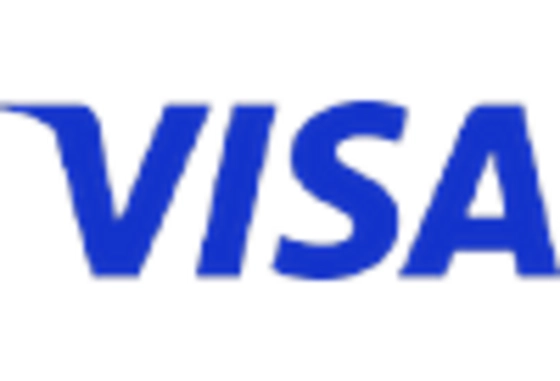








Leave a Comment